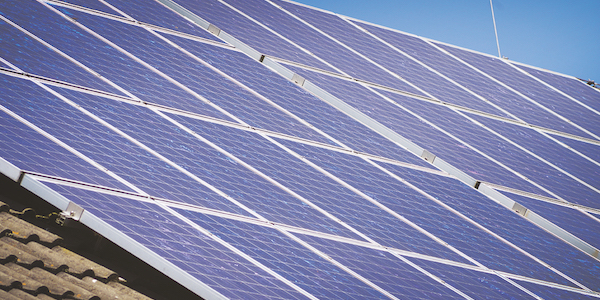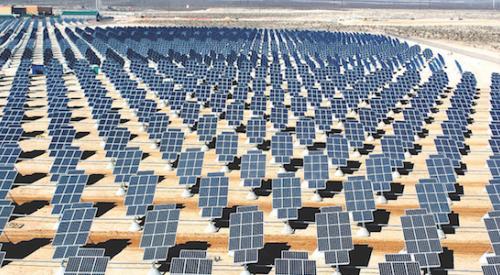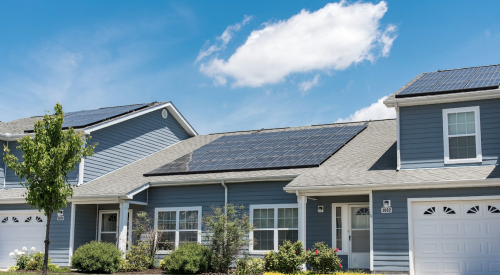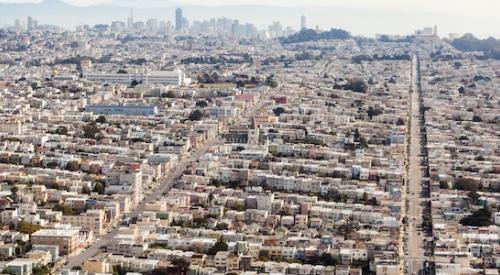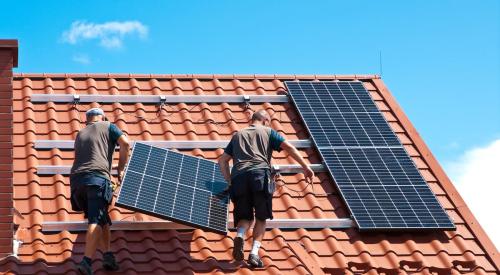The Santa Monica City Council has approved an ordinance that will require new commercial and residential construction in Santa Monica to have a rooftop solar system.
The ordinance, which was set to go into effect at the end of May, comes at a time when the solar industry is experiencing massive decreases in the cost of solar installation. The rooftop solar systems are expected to help Santa Monica residents and developers generate cost-effective renewable energy, improve property values, and contribute to Santa Monica’s goal of reaching carbon neutrality by 2050.
But many builders could be unhappy at the addition of yet another regulation and requirement. A surfeit of rules and regulations is widely accepted as providing hurdles to building entry-level homes; additional rules will likely be unwelcome. But because the cost of solar has decreased so much, the cost-benefit ratio for requiring solar systems is strong.
According to some case studies, the new solar requirements will increase up-front construction costs for a single-family home by 2.8 percent, while reducing long-term electricity costs by an average of 65 percent. The result: an overall savings for homeowners as well as a reduction in carbon emissions. The numbers for multifamily homes are 0.5 percent and 24 percent on average, respectively, and for commercial construction are 0.75 percent and 11 percent.
The ordinance states that new single-family dwellings are required to install a solar electric photovoltaic system with a minimum wattage 1.5 times the square footage of the dwelling (so a 2,000-square-foot home would need a 3 kilowatt system). New multifamily dwellings and commercial buildings must install a photovoltaic system that has a minimum total wattage 2.0 times the square footage of the building footprint (so a four-story building with a footprint of 10,000 square feet would need a 20 kilowatt system).
When it goes into effect, the Santa Monica ordinance will be the third solar mandate in the country, right after the other California cities of Lancaster and Sebastopol. San Francisco also recently passed a solar mandate, but it won’t take effect until January 2017.
